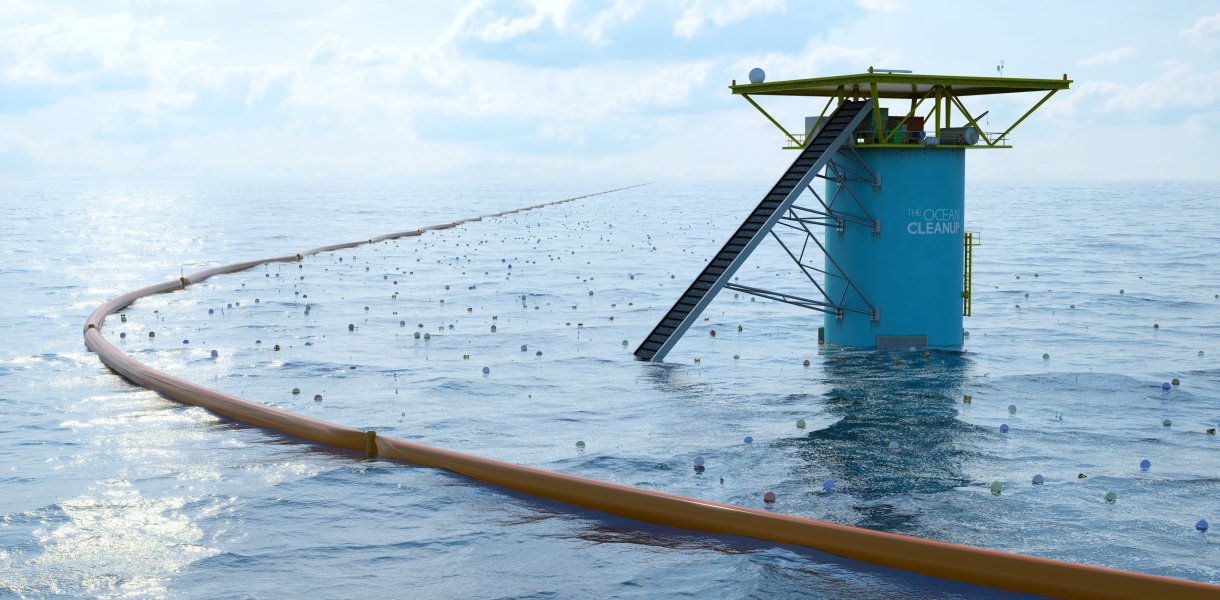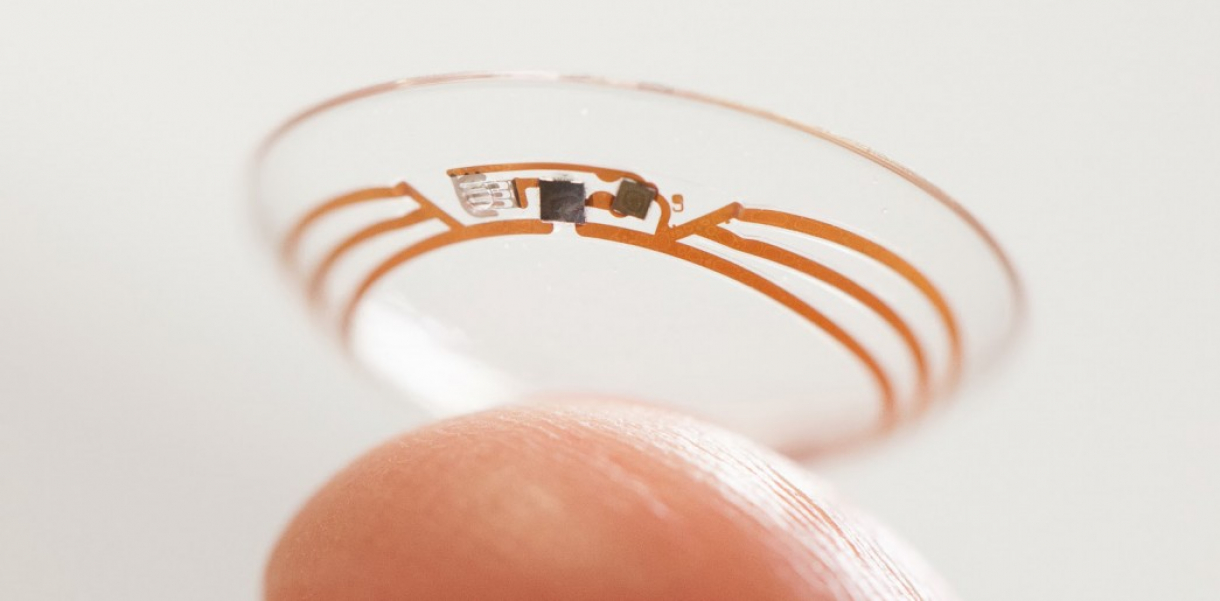According to new studies, eight million tons of plastic is thrown into the oceans every year, and in the coming years, it's expected that this will accelerate significantly. Gyres, the large current systems in the sea, concentrate most of this plastic into five large areas around the world - which some call 'islands of garbage'. While we could exert a number of efforts to go and collect this plastic, the beauty of The Ocean Cleanup Array is that it aims to use these currents to bring the garbage to us - so that it can be easily collected and recycled.
The innovative design is a collection of huge floating structures intended to go into the centre of these gyres to gather the plastic. First, rows of floating barriers - safe for marine life - will work like a giant funnel, sucking in and concentrating the debris. Platforms attached to the barriers will then efficiently extract the plastic from the sea. The debris – some in big and some in very small pieces – will then be filtered and brought on to land, where it will be stored in containers before it's recycled. Designed to be almost entirely self-sufficient, the system will run on energy harnessed from the sun and waves.
The Ocean Cleanup Array will be the first system to passively clean up plastic pollution from the world’s oceans and will be tested next year near Tsushima - an island located in the waters between Japan and South Korea. The system will span over 2,000 meters and will be operational for at least two years.
Designed by
The Ocean Cleanup - The Netherlands




